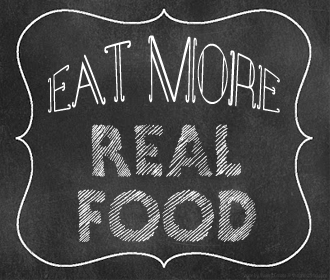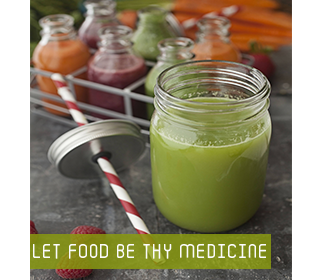
It comes in all different colours; red, brown, amber, and even almost black. You can find clover, alfalfa, buckwheat, and acacia flower honey. The different colours and flavours are all due to the type of flowers the nectar is produced from.
Honey is a wonderful food produced by bees naturally, and has been used since ancient times.
An interesting fact about honey: “Each been makes on average about only 1/12 of a teaspoon of honey in its entire lifetime” (Murray 648). Wow. That means it takes a lot of bees to make enough honey for me to put in my homemade muffins!
How do we get Honey?
Bees collect the nectar from plants in their mouths. There are enzymes present in the bee saliva which turns the nectar into sweet honey. They deposit the honey in the walls of the hives and then they rapidly move their wings to dry out the honey in the walls, making it ready to eat.
Nutrients in Honey:
Honey is made up of water, glucose (a simple sugar), fructose (another simple sugar), enzymes, small amounts of vitamins and minerals, pollen, and propolis.
Honey is a source of sugar, making it a great food for quick energy. Keep in mind though that all sugar should be consumed in moderation, so only use a bit in your oatmeal, tea, and coffee, and use it in small amounts in baking as a substitute for white refined sugar. One tablespoon of honey generally provides the body with 64 calories. Honey is very sweet, so you often need less.
Another interesting fact about honey: “In the time of the ancient Olympics, athletes were reported to eat special foods, such as honey and dried figs, to enhance their sports performance” (Murray 651). But remember, the key is moderation!
Honey is a source of vitamins B6, B12, and the minerals iron and manganese. Honey also contains all eight essential amino acids, the building blocks of protein, although in very small amounts (Murray 650). One tablespoon only contains 0.1g of protein! (Murray 650).
Honey is being studied for its antioxidant properties. Antioxidants protect the body from damage from free radicals. Free radicals are unpaired electrons that ‘zip’ around the body creating havoc. Dark honeys are particularly high in the compounds that work as antioxidants.
Honey is gaining a reputation as wound-healer in the natural food industry, and can be applied topically to some abrasions. Remember to always check with a health practitioner before trying any of these applications:
- One theory is that since honey contains glucose and fructose, the sugars attract and absorb the water in the wound, which allows it to dry up and heal (Murray 652).
- Honey itself contains antibacterial agents that help defend the body against bad bacteria.
- Honey also contains an enzyme called glucose oxidase, which researchers believe may produce hydrogen peroxide when combined with water in a wound, making it an effective antiseptic (Murray 652).
Honey can stay fresh for long periods of time. It does absorb water, so keep it airtight and in your pantry. If your honey crystallizes, just heat the jar in hot water for 20 minutes, or until it turns back to liquid. Remember to not give children under 12 months honey because it can contain spores which their underdeveloped digestive systems cannot handle.
I planted sunflowers this year at the back of my garden, and as soon as these beautiful yellow flowers opened the bees came! If you want to attract bees, don’t use pesticides or herbicides in your yard. Choose many different colours and varieties of flowers; bees are attracted to yellows, purples and violets, blues, and white. While doing some research on flowers that bees like, I found out that the bees love sunny spots, so plant those flowers where they will get a lot of sun!
Stay tuned for my blog on my tour of a honey bee “farm” at a local acreage. Click here for a blog on organic foods and honeybees written by Michelle, one of the owners of Bundles of Energy.
Head out to a farmer’s market and purchase some local honey. Ask to try different colors and flavours and see what ones you enjoy the most!
Carrie Dancey, RHN
Sources:
Murray, M. The Encyclopedia of Healing Foods. 2005.









